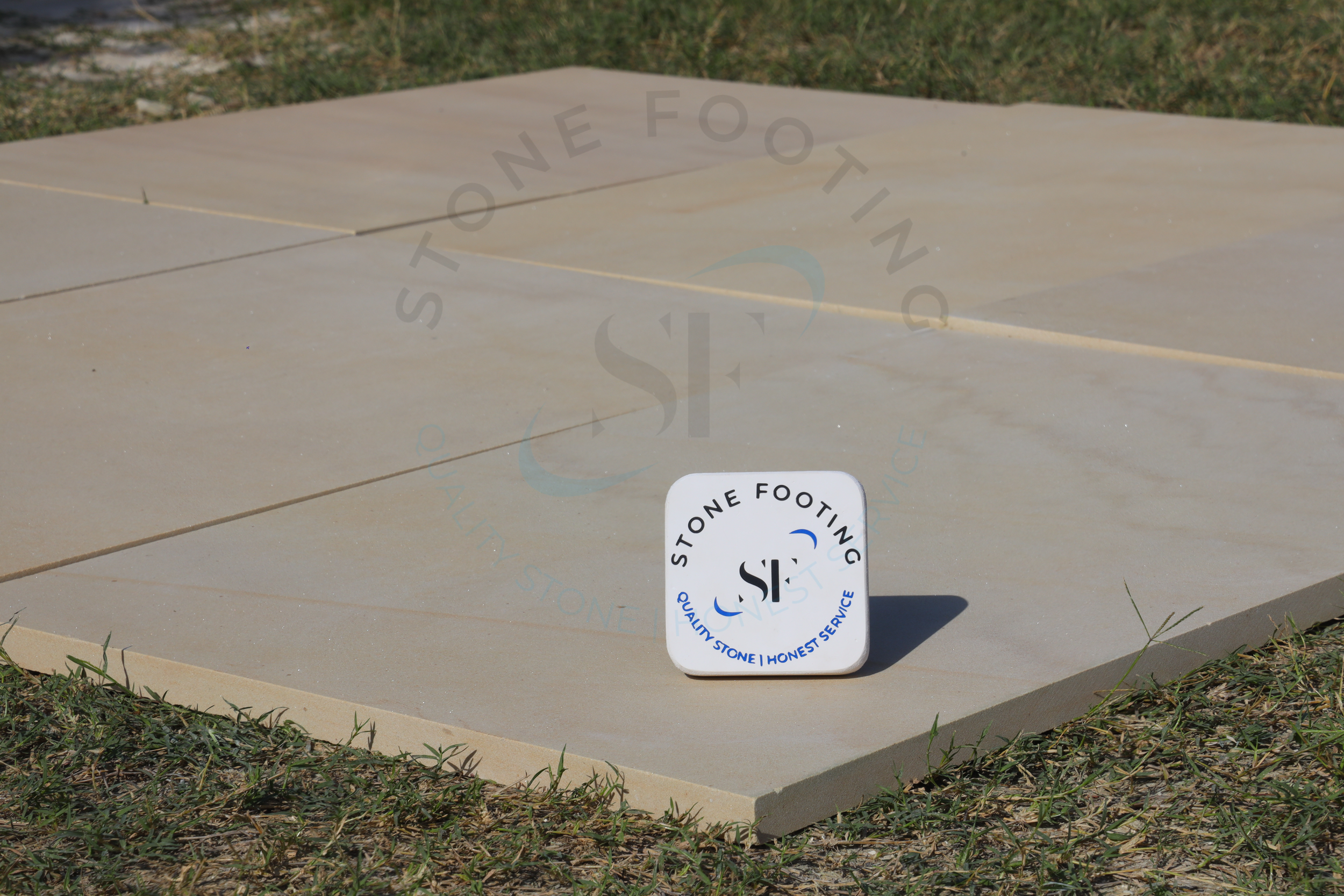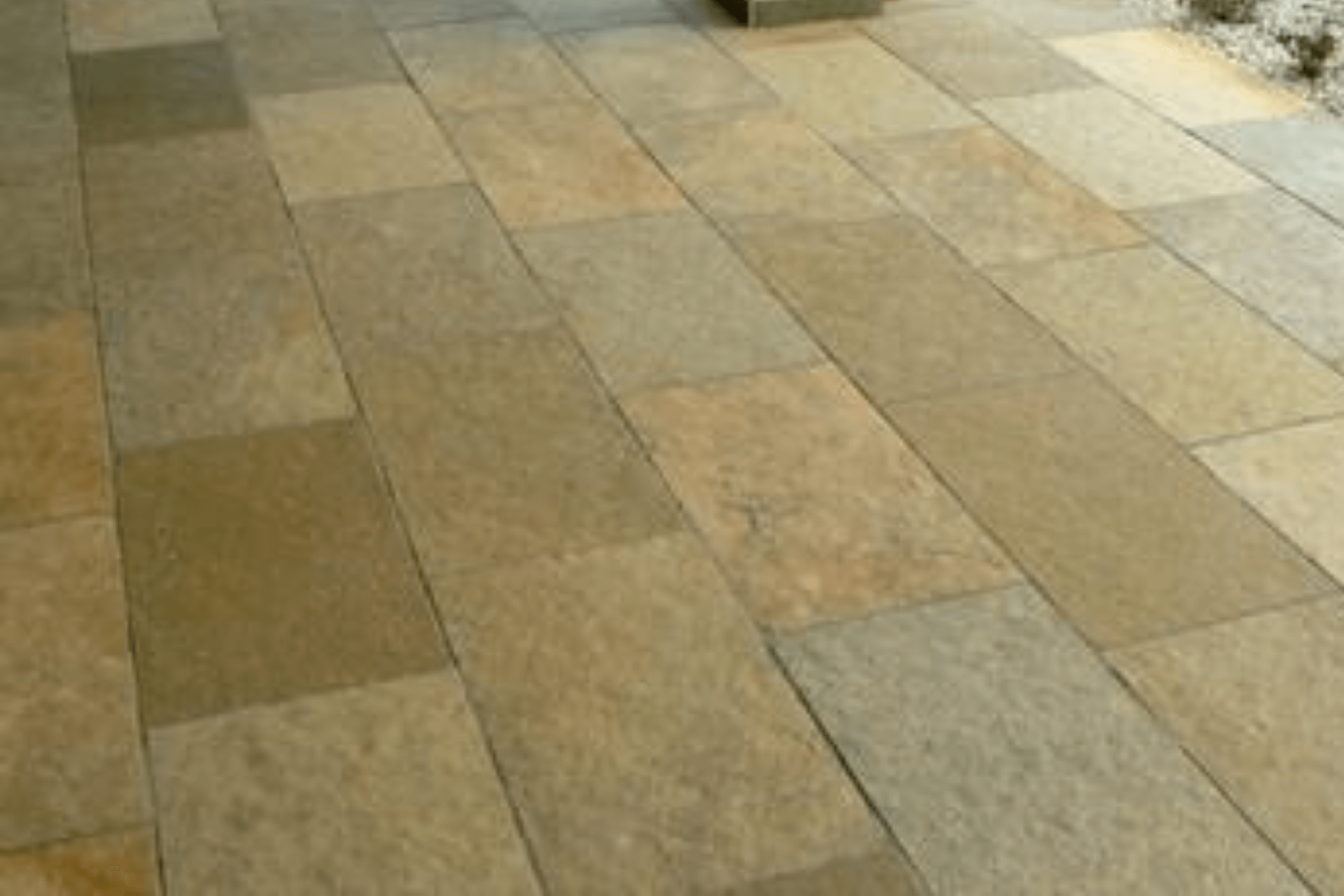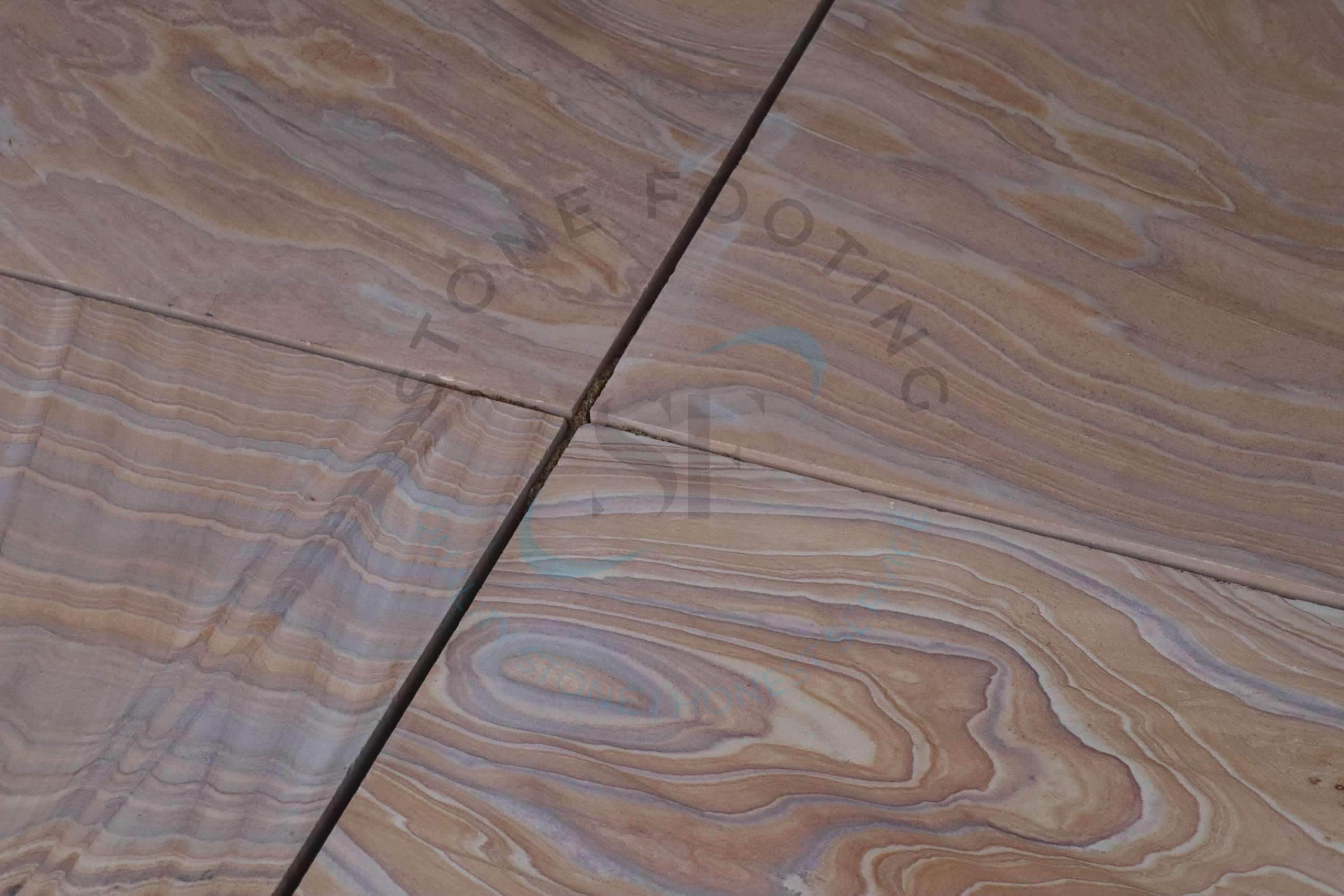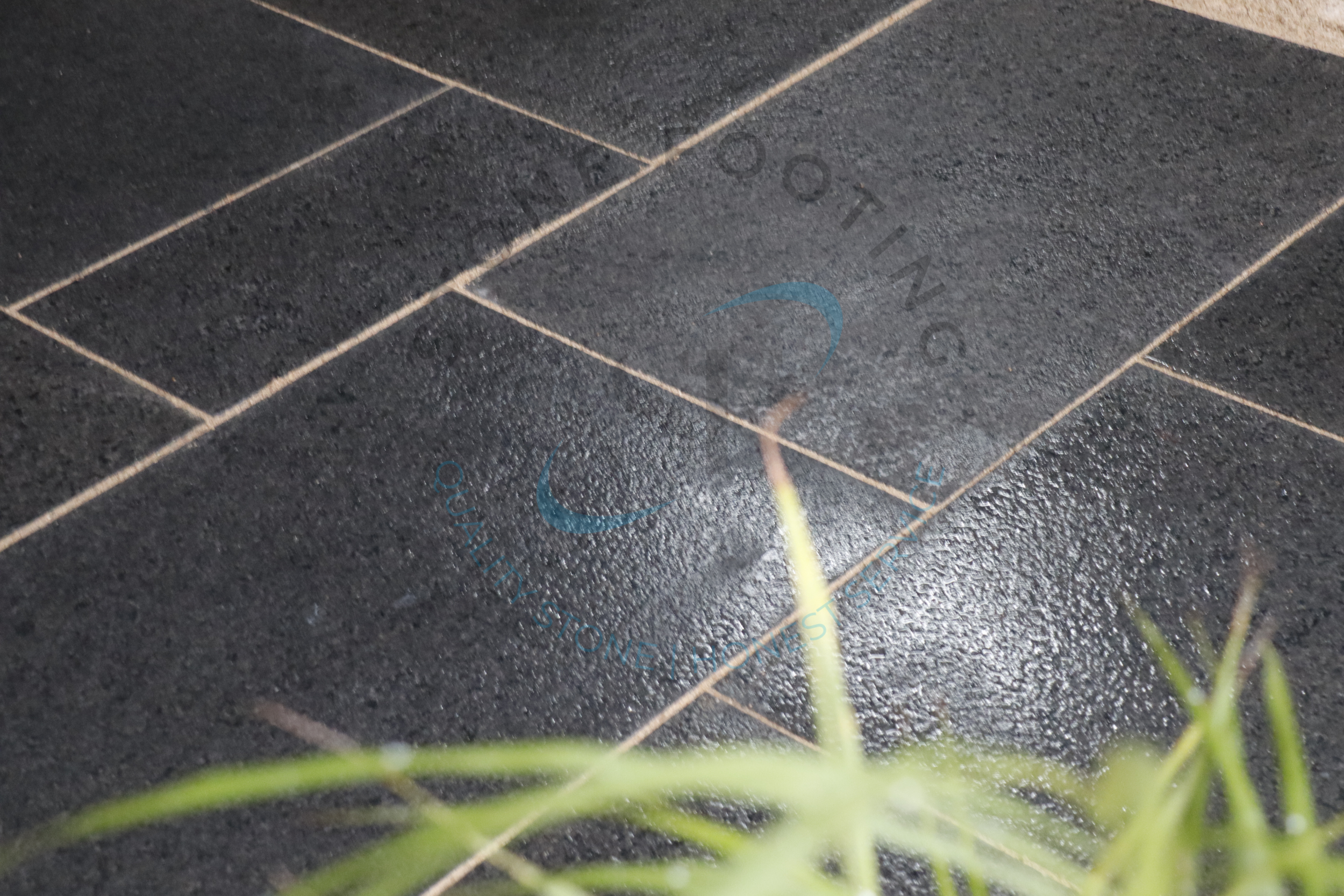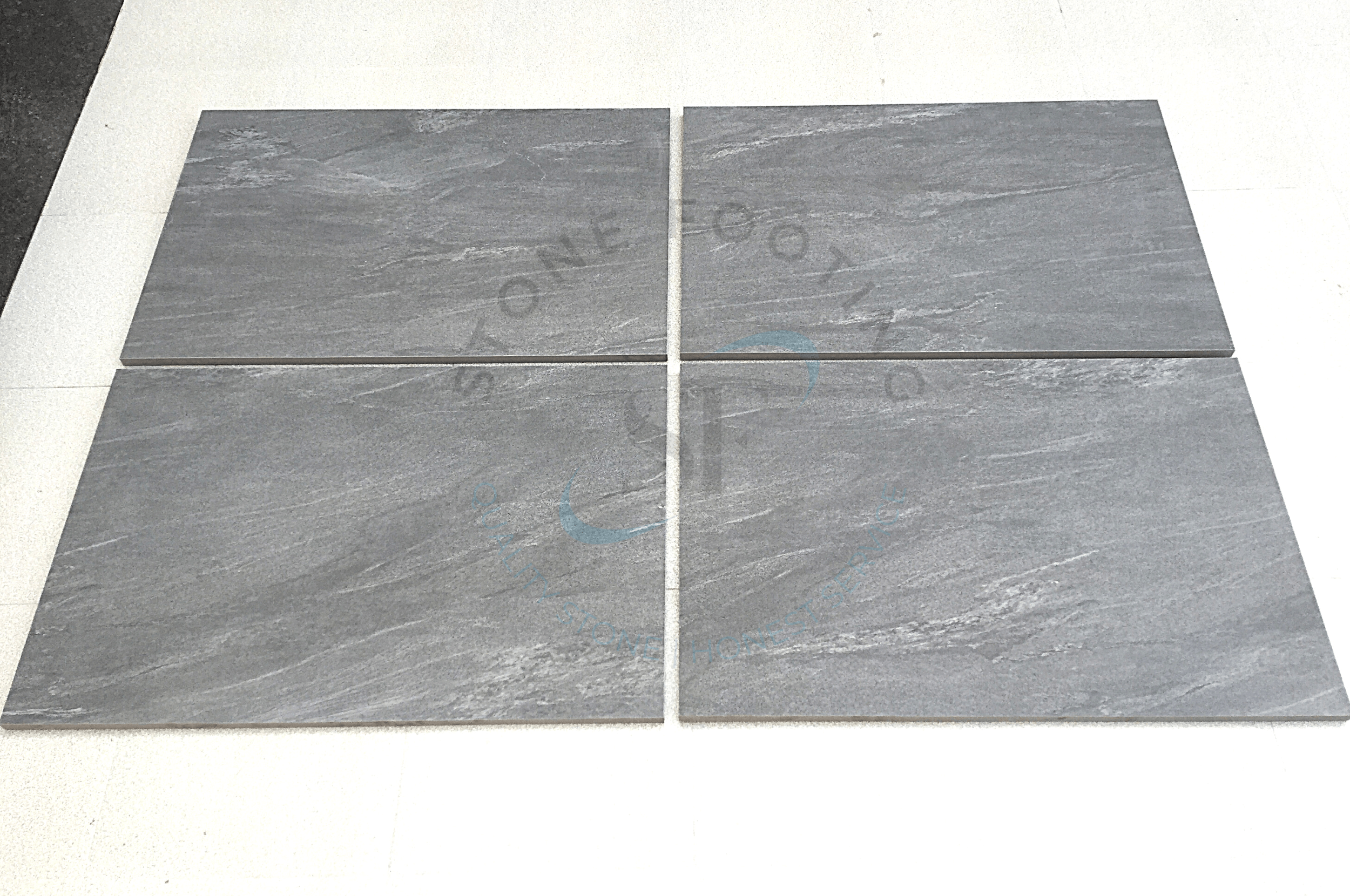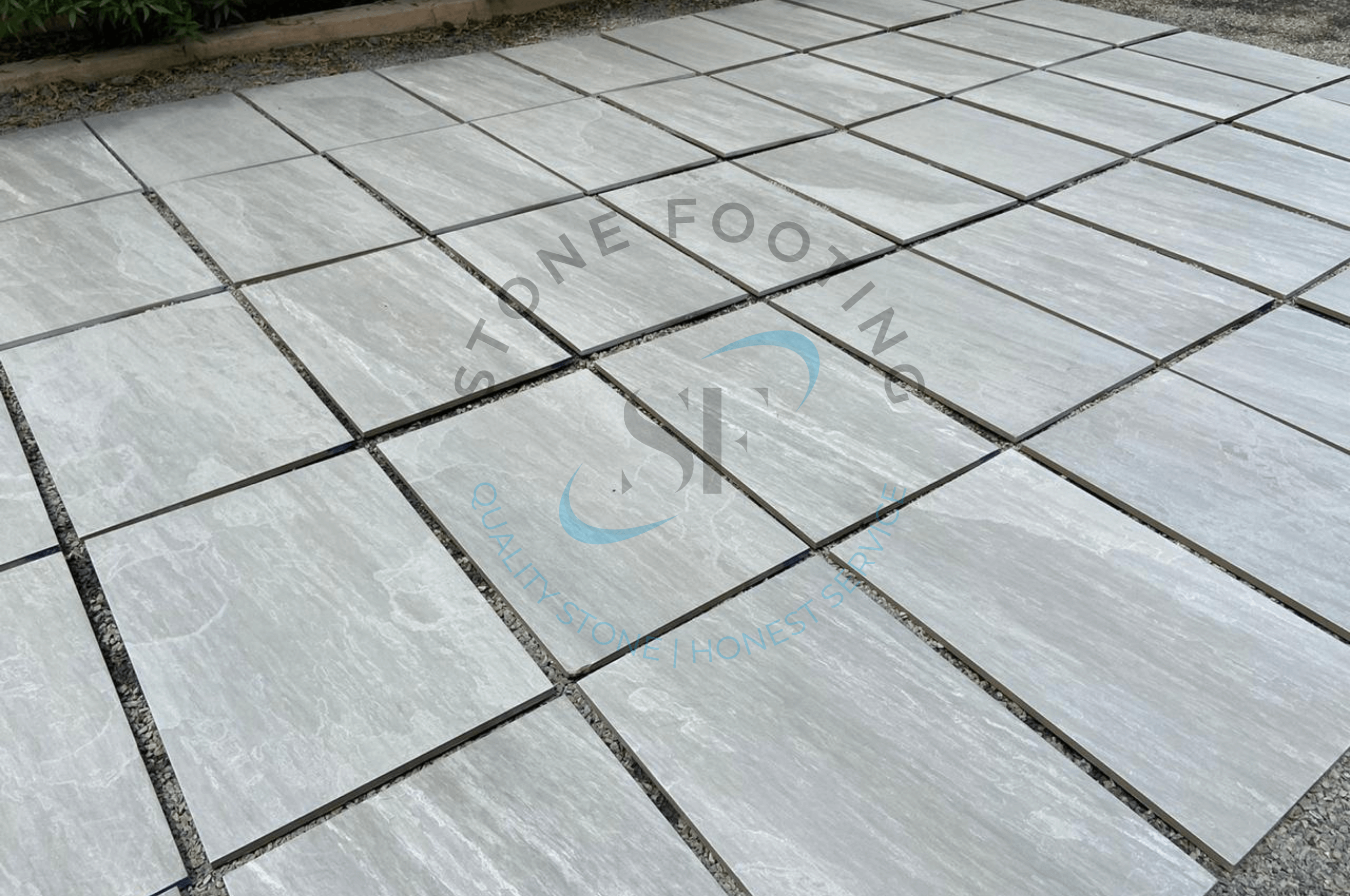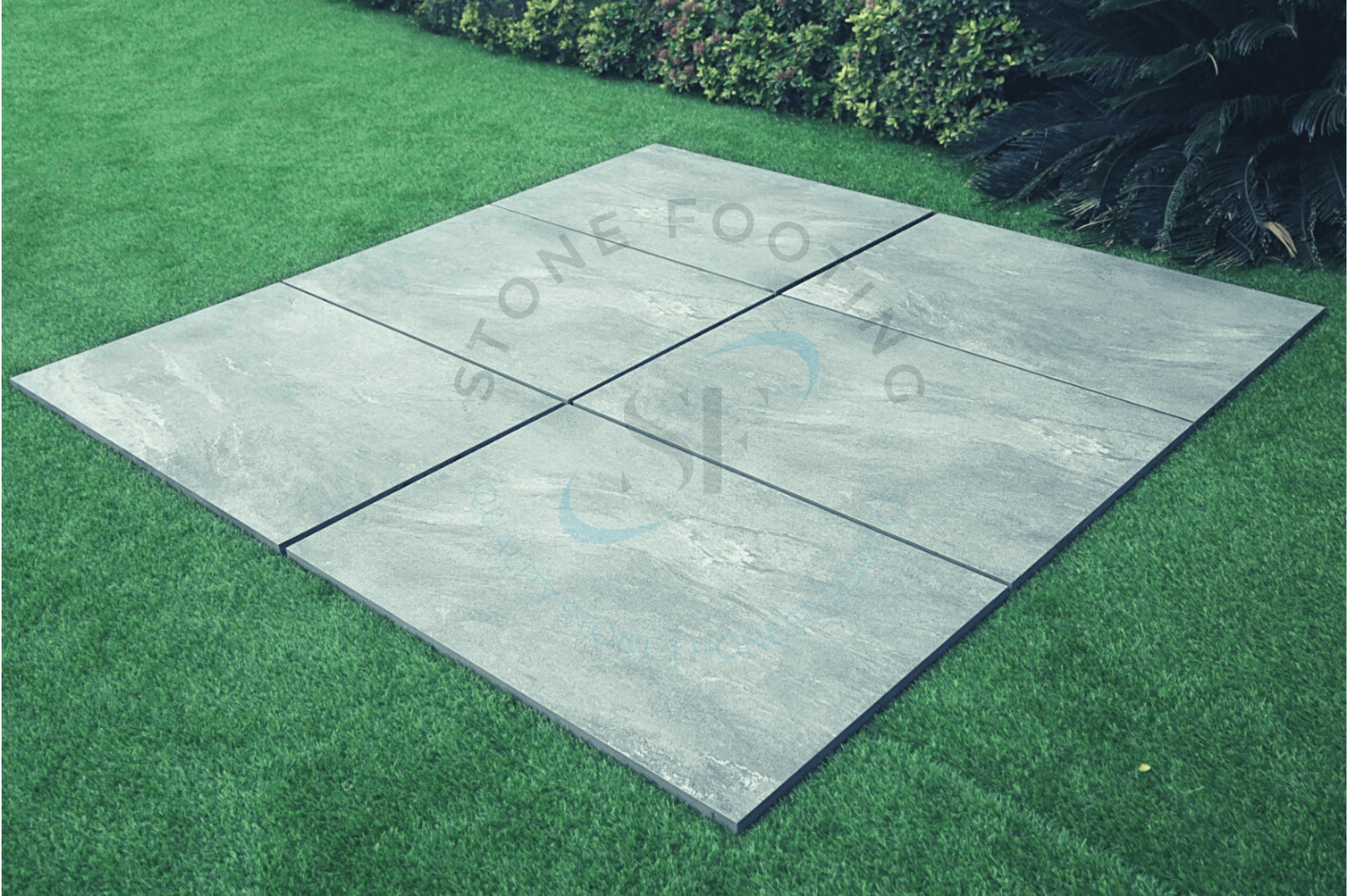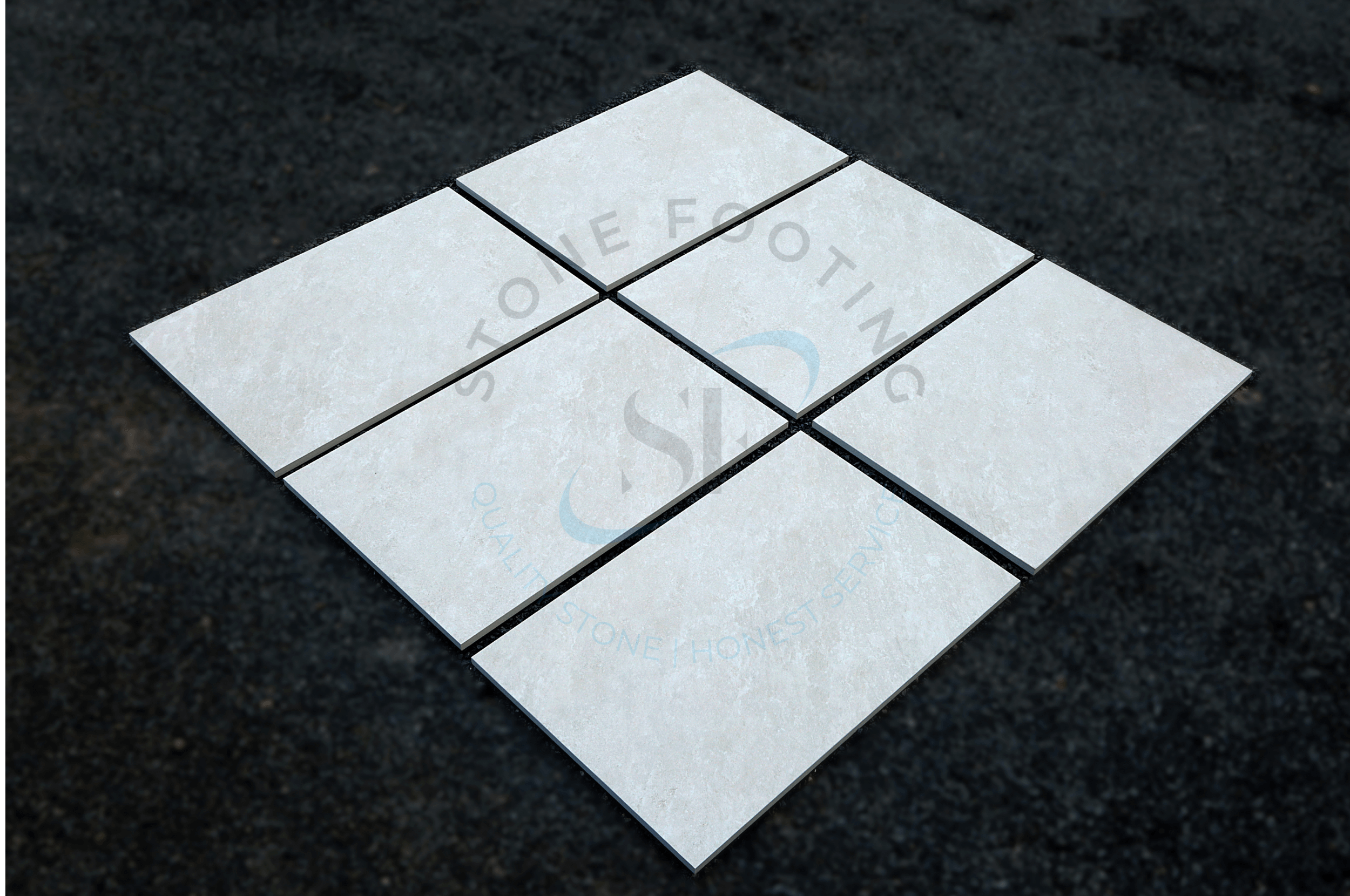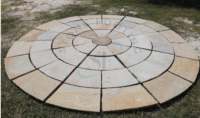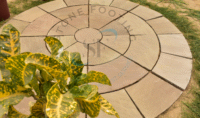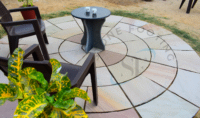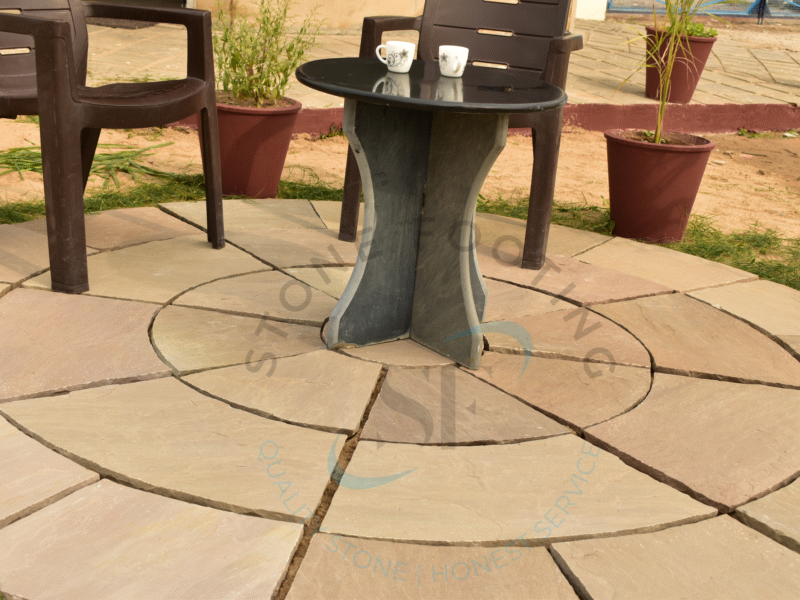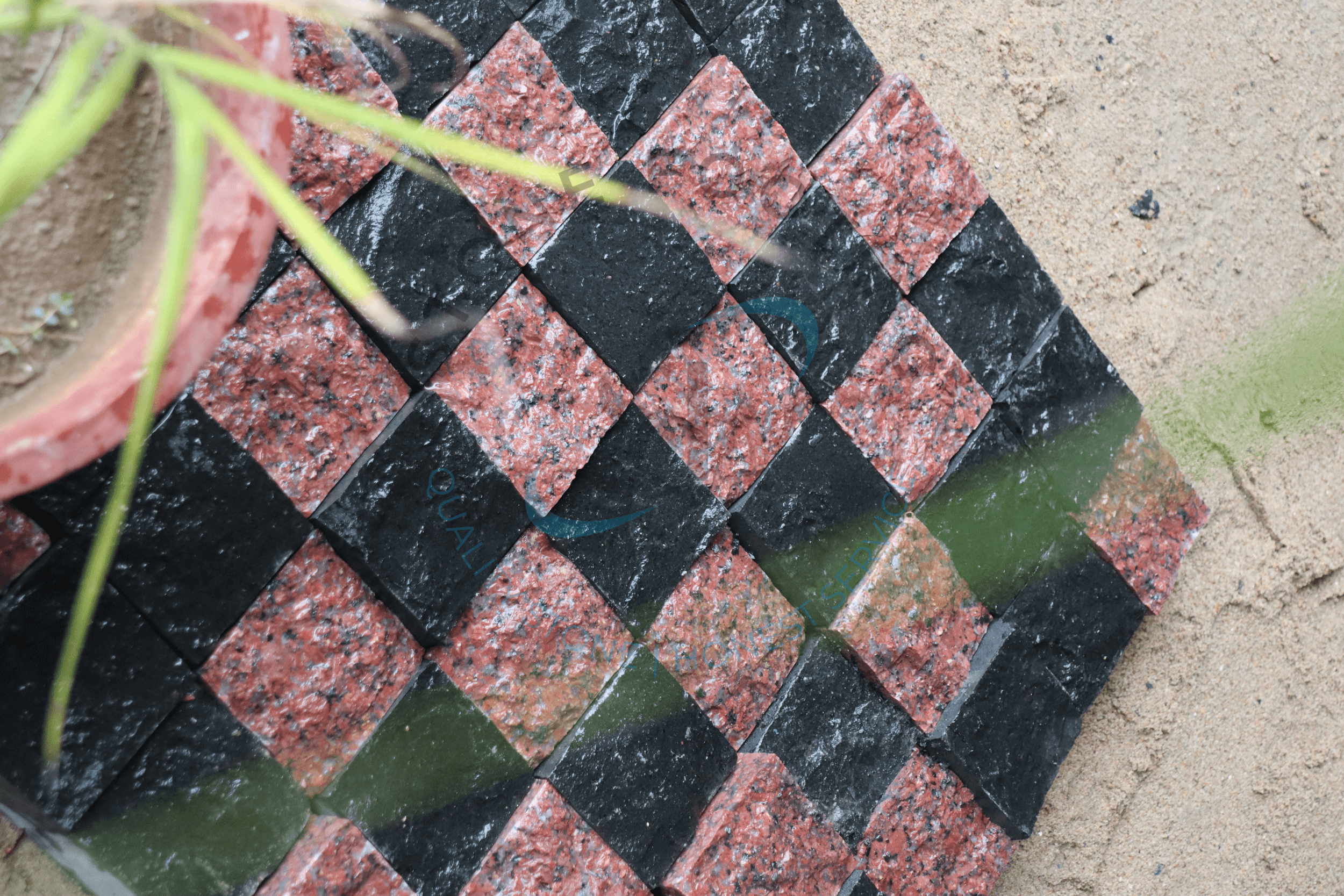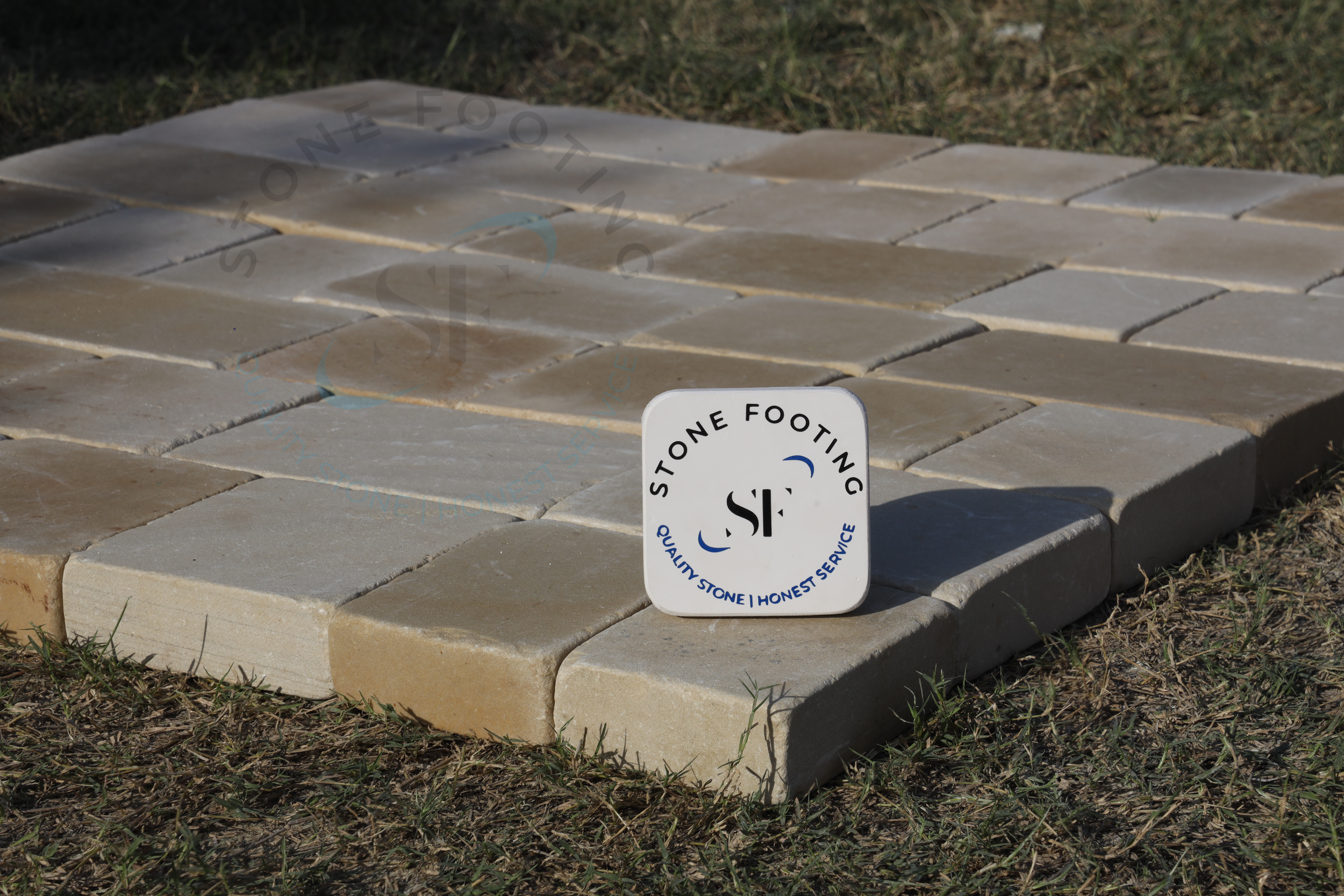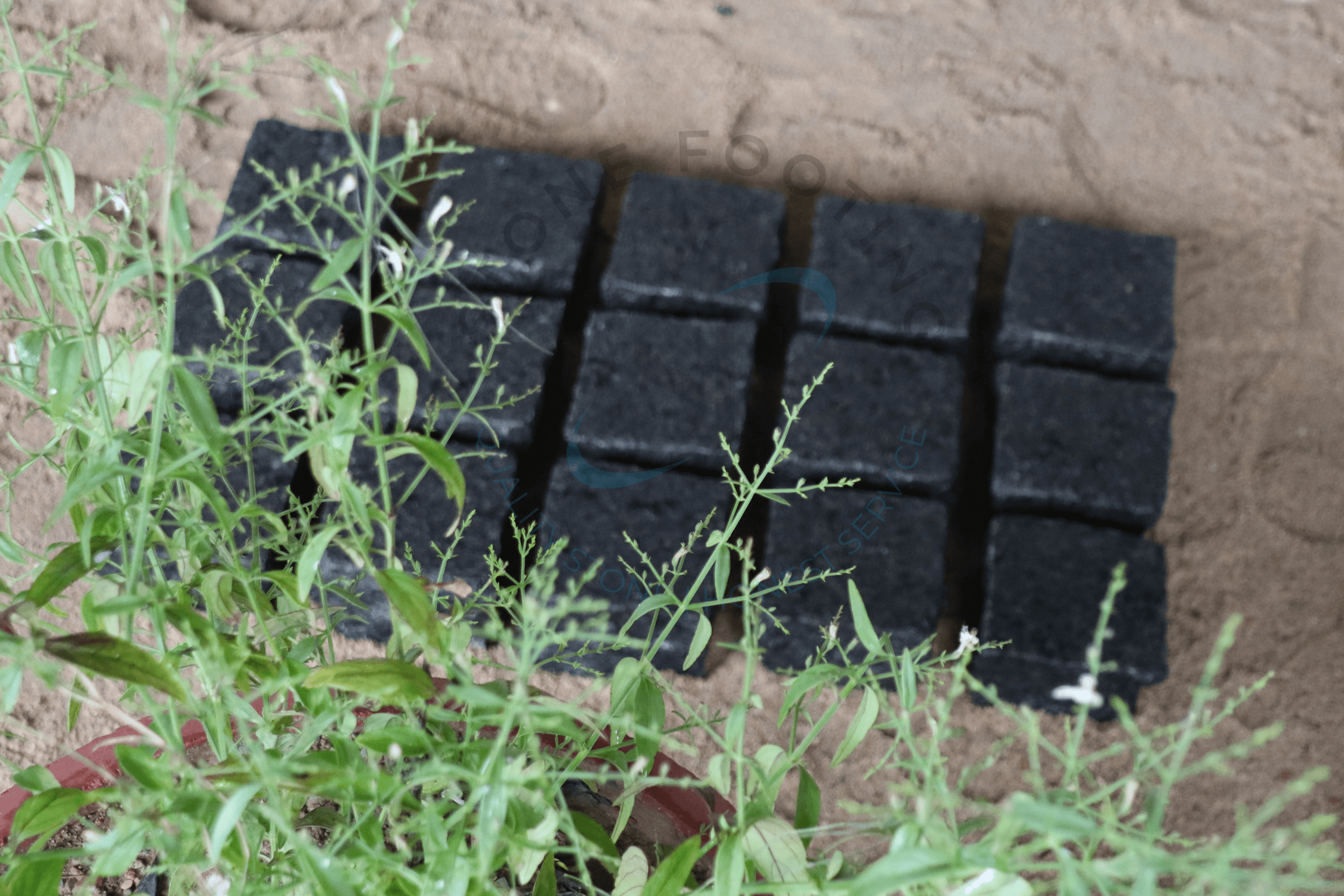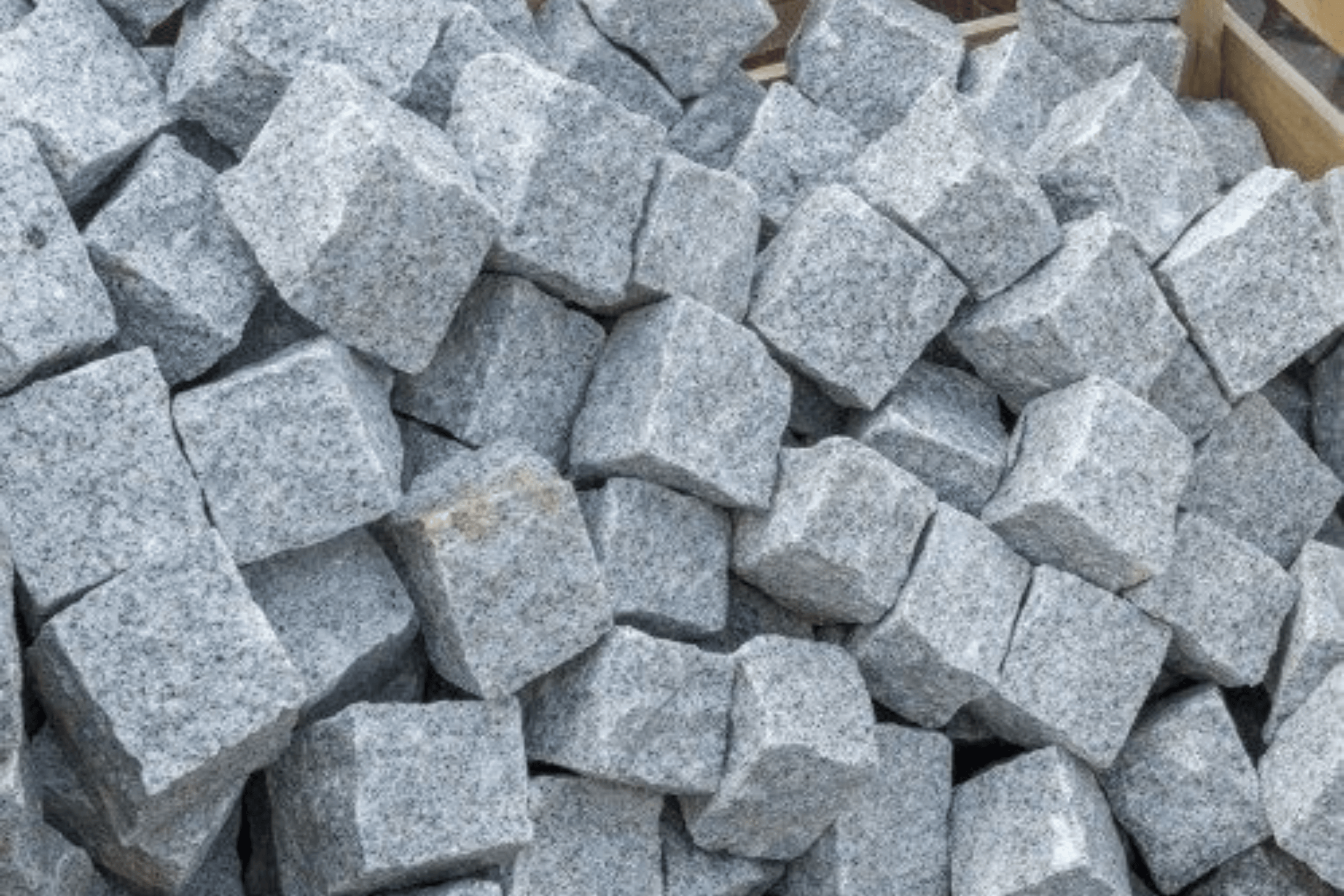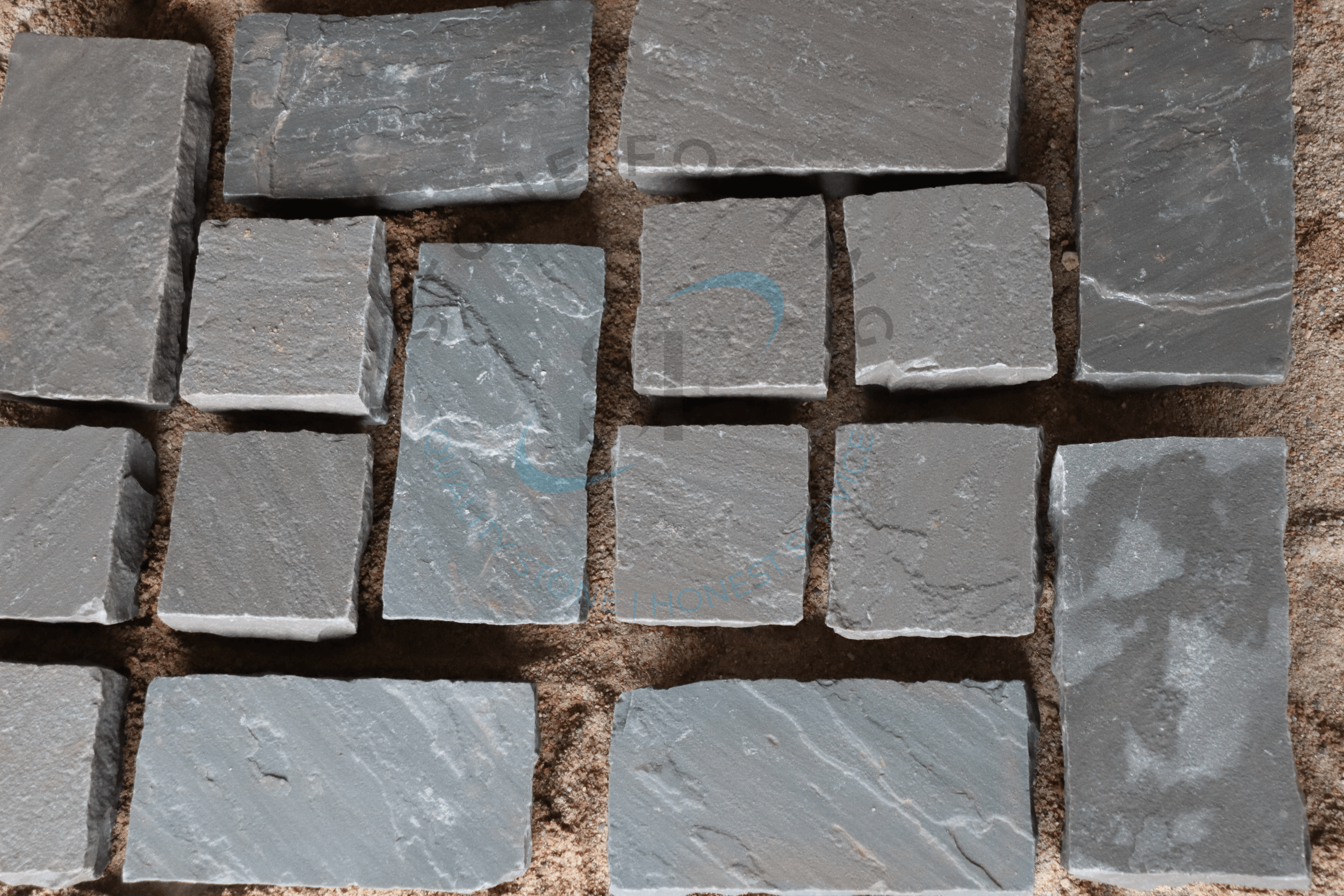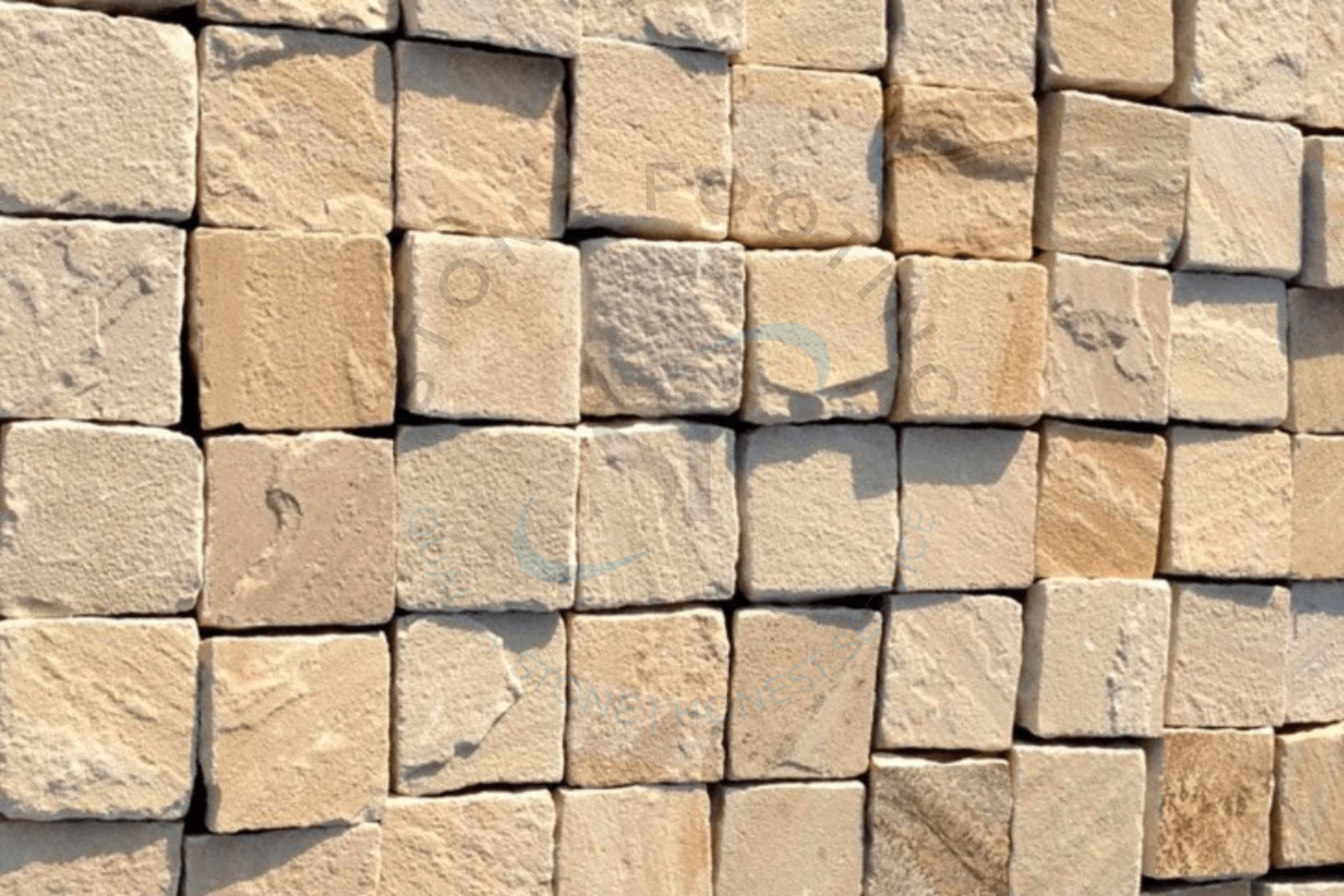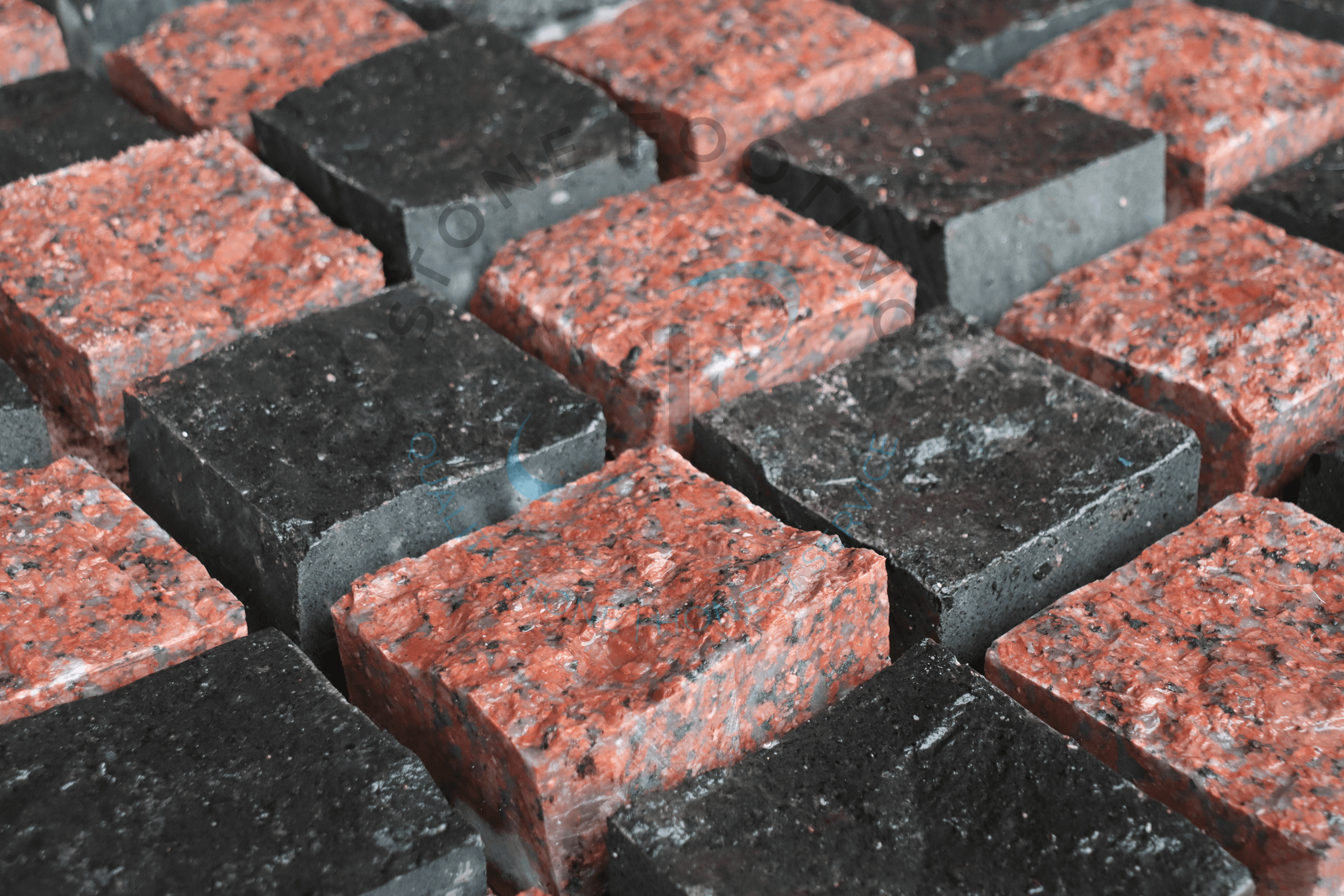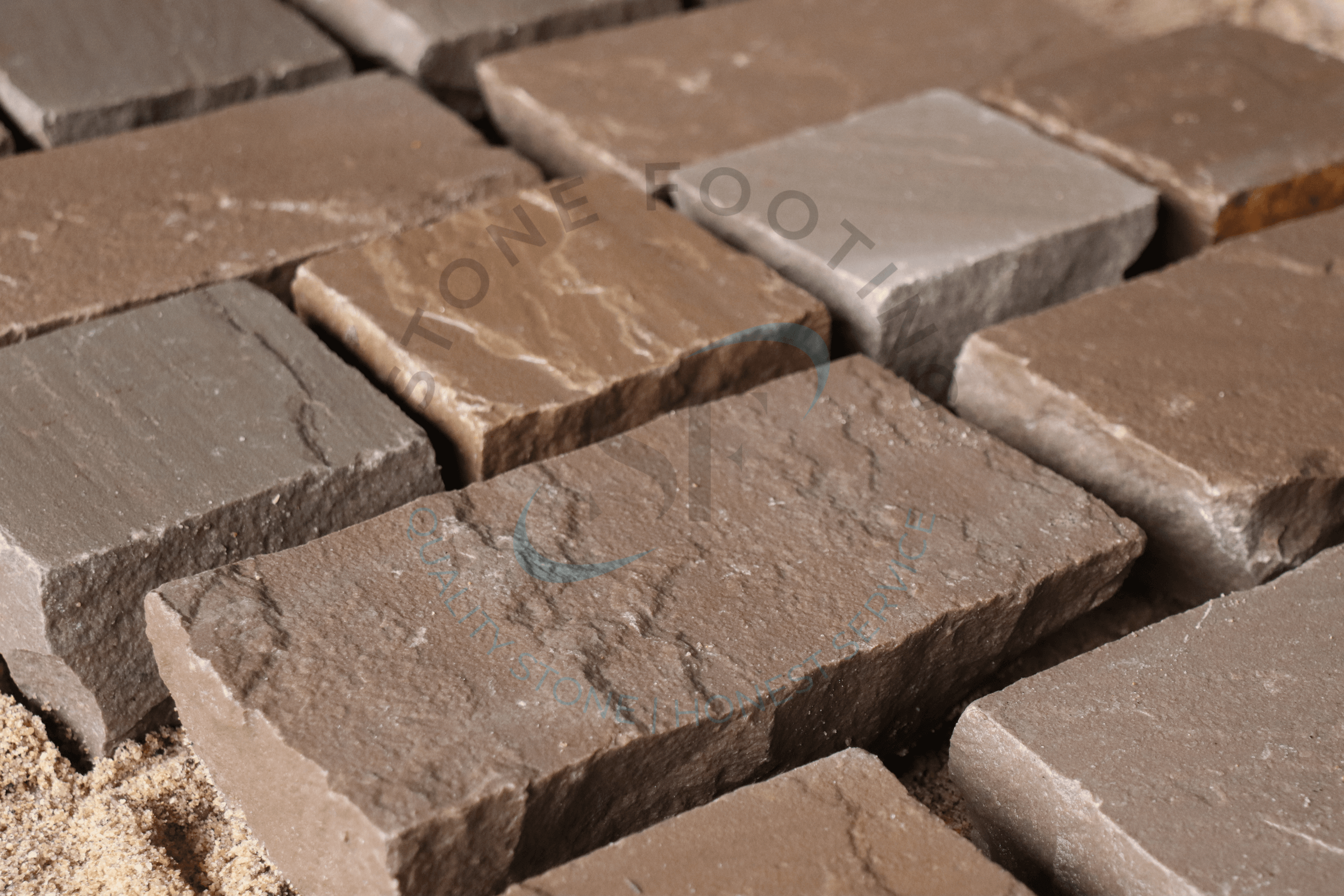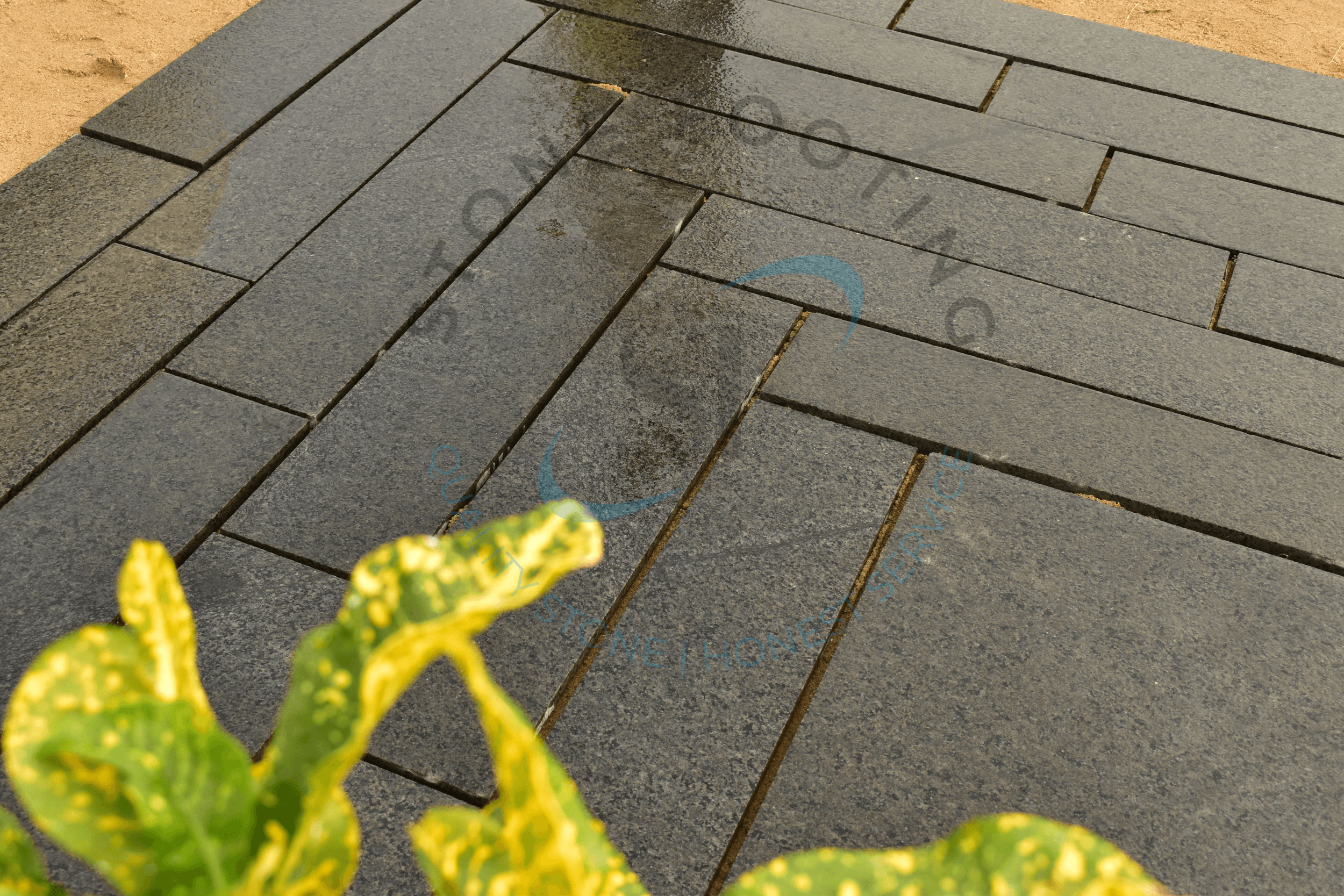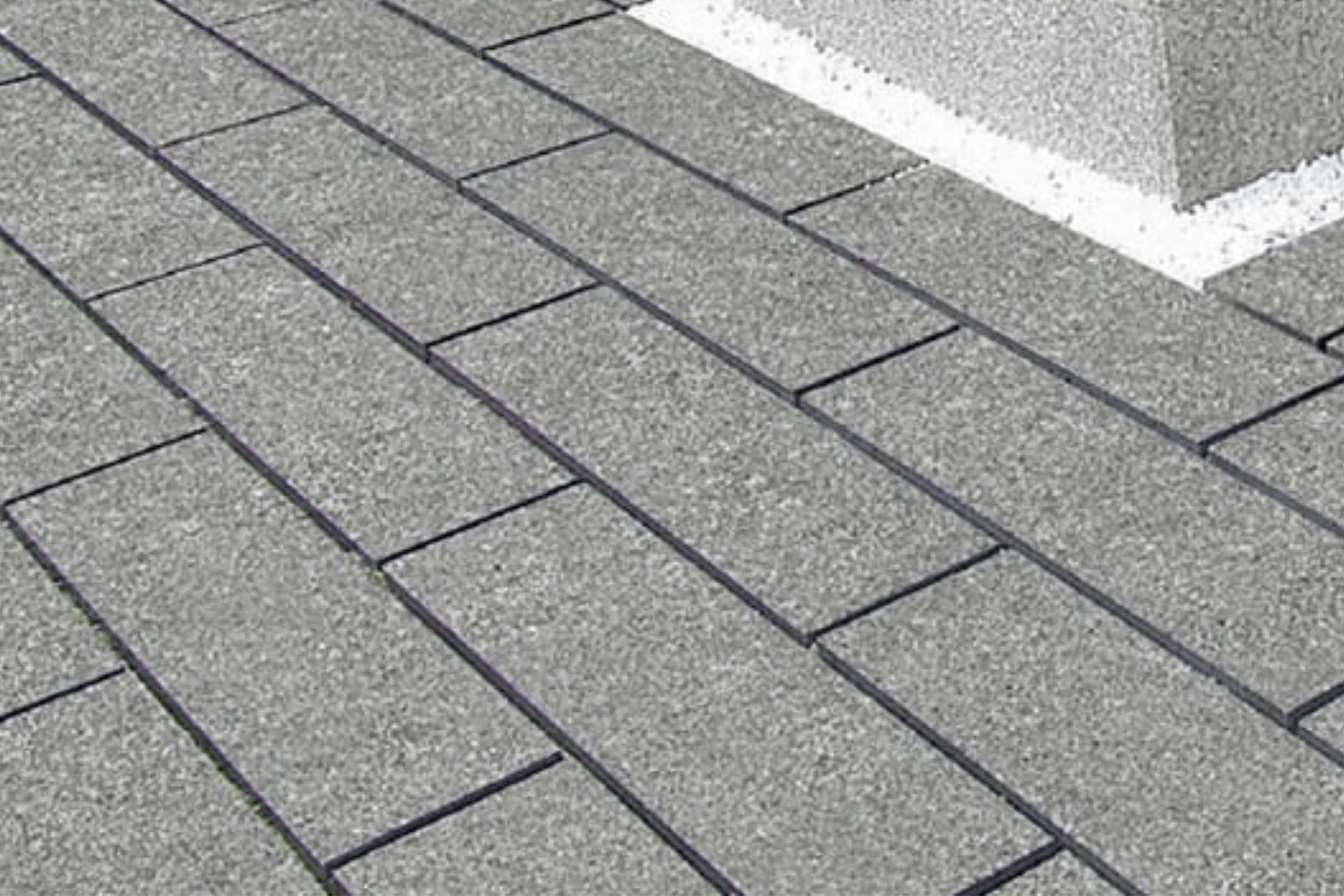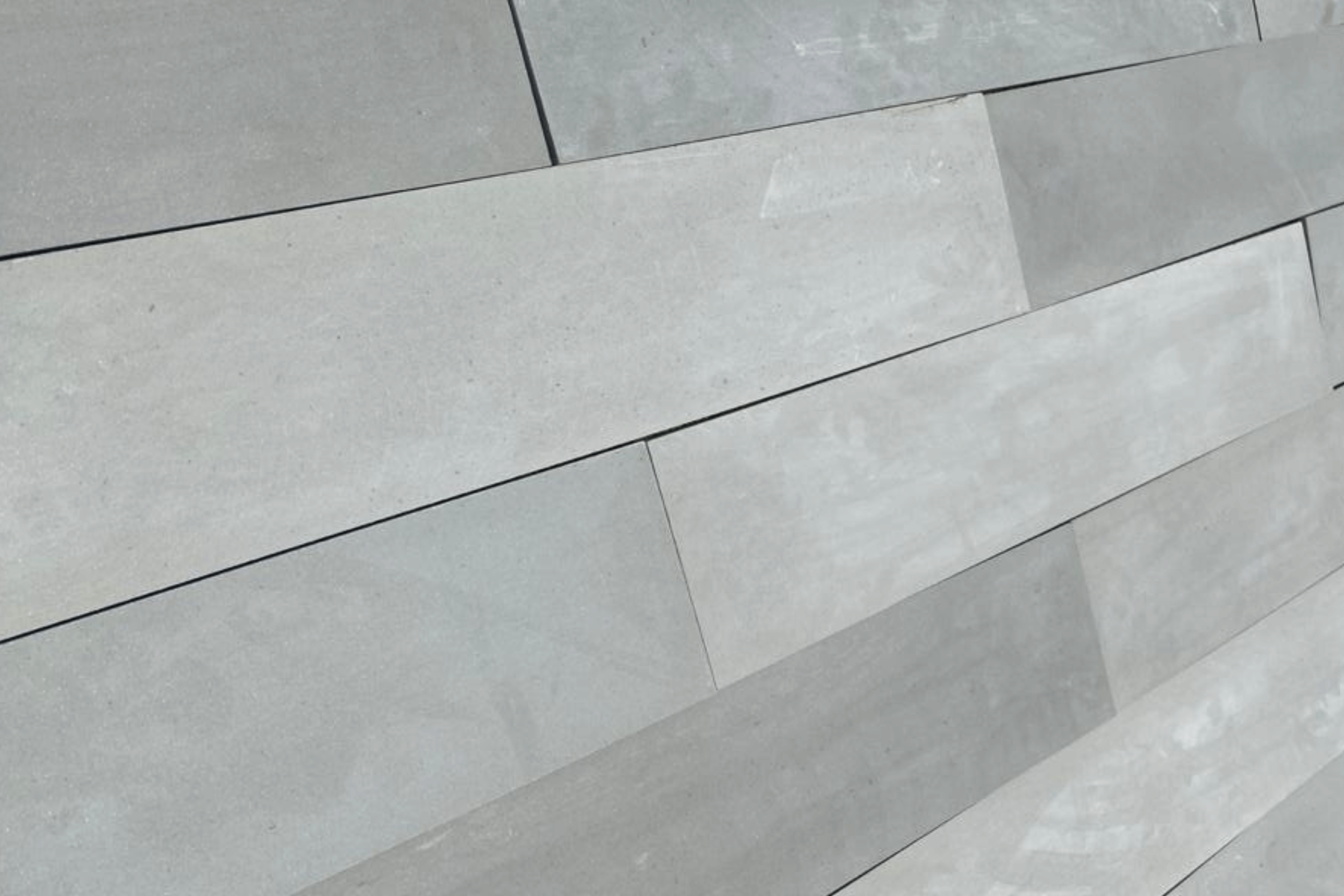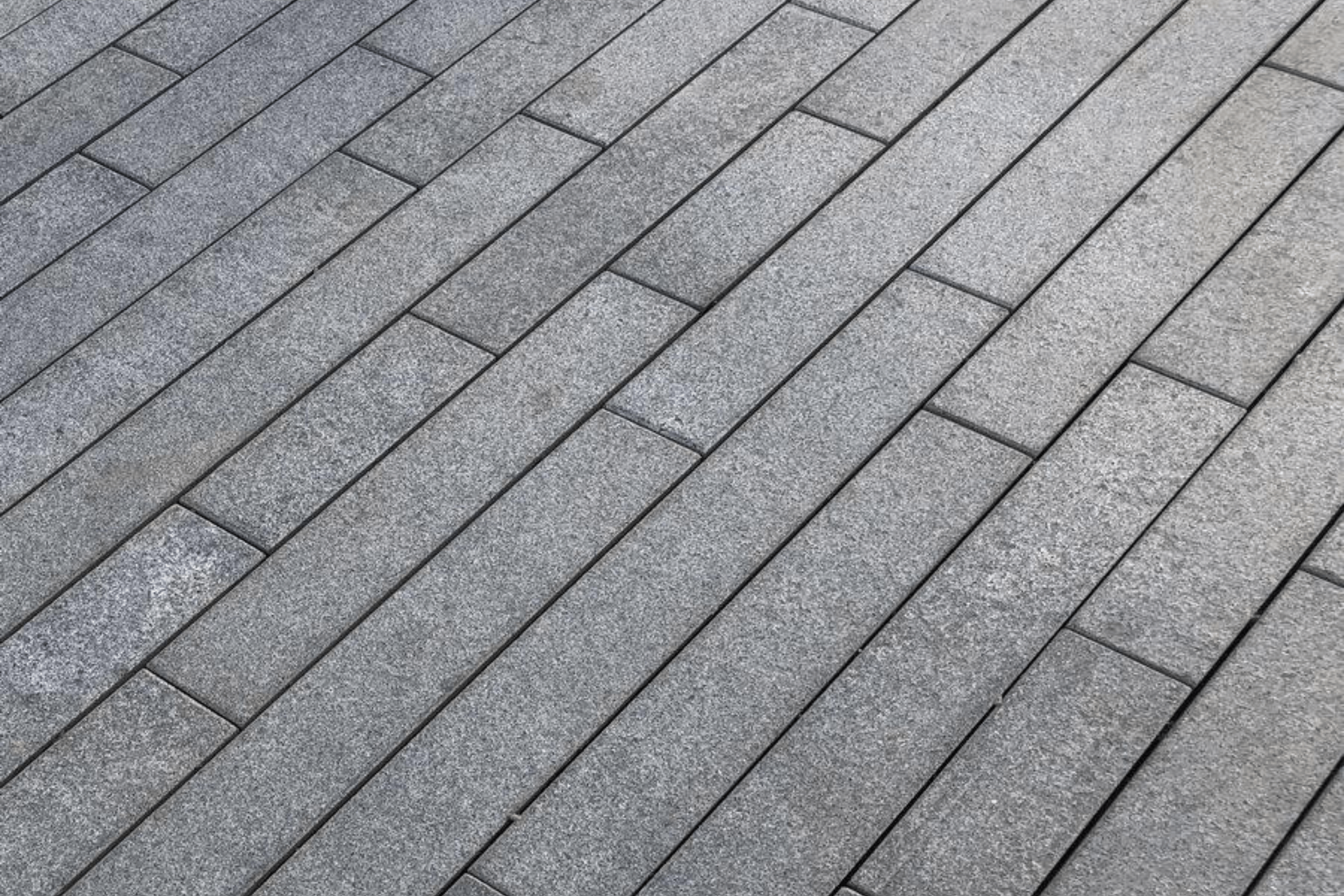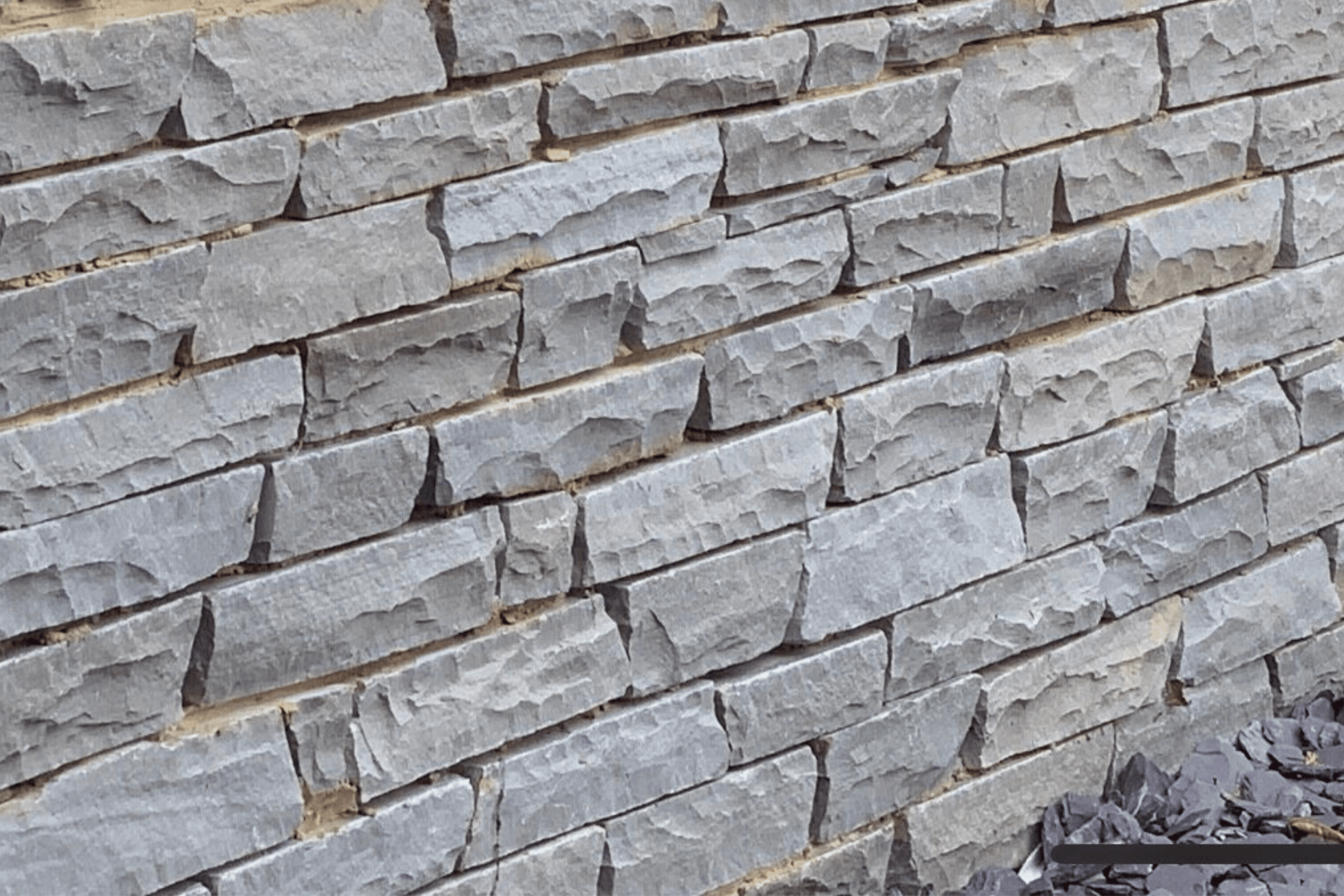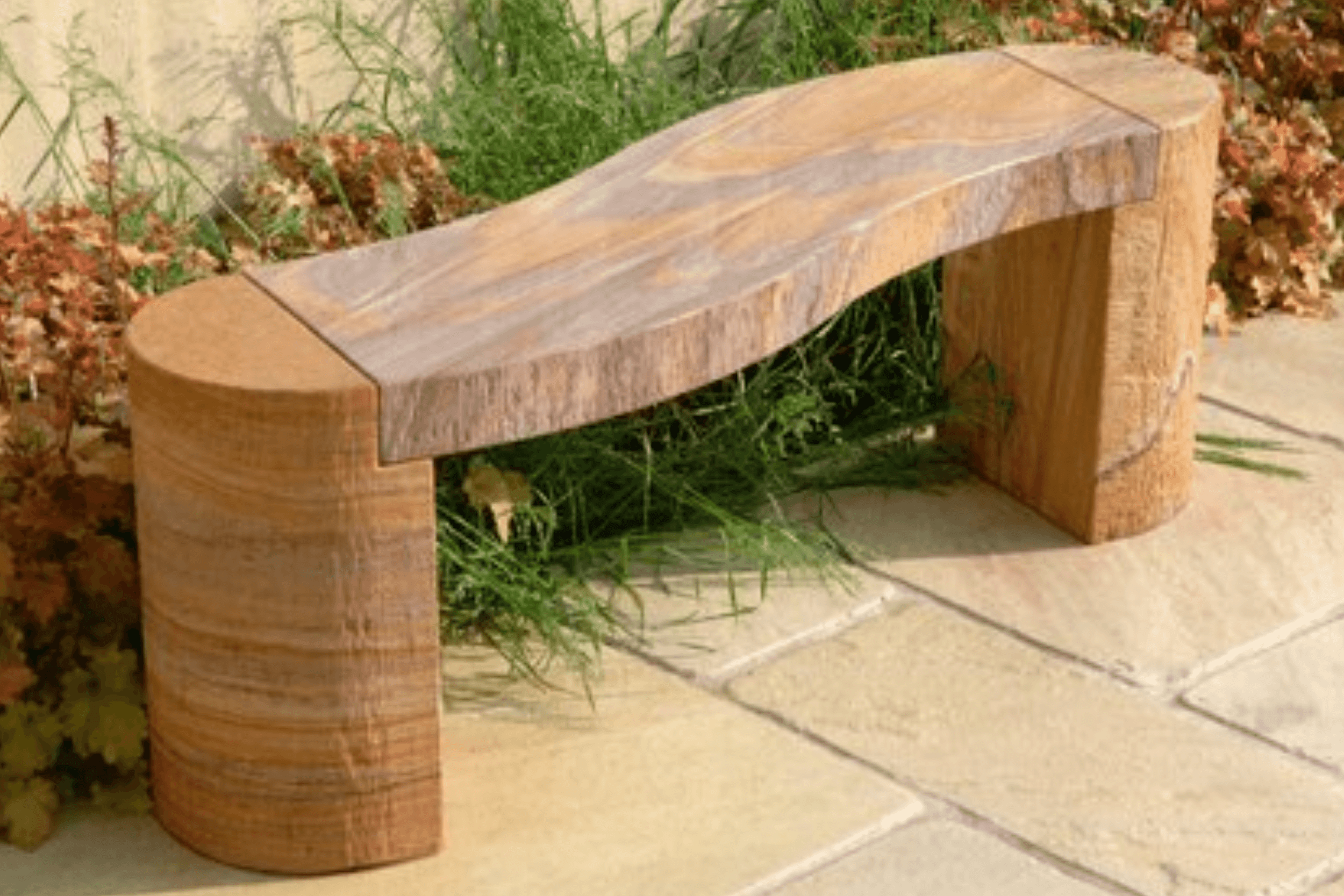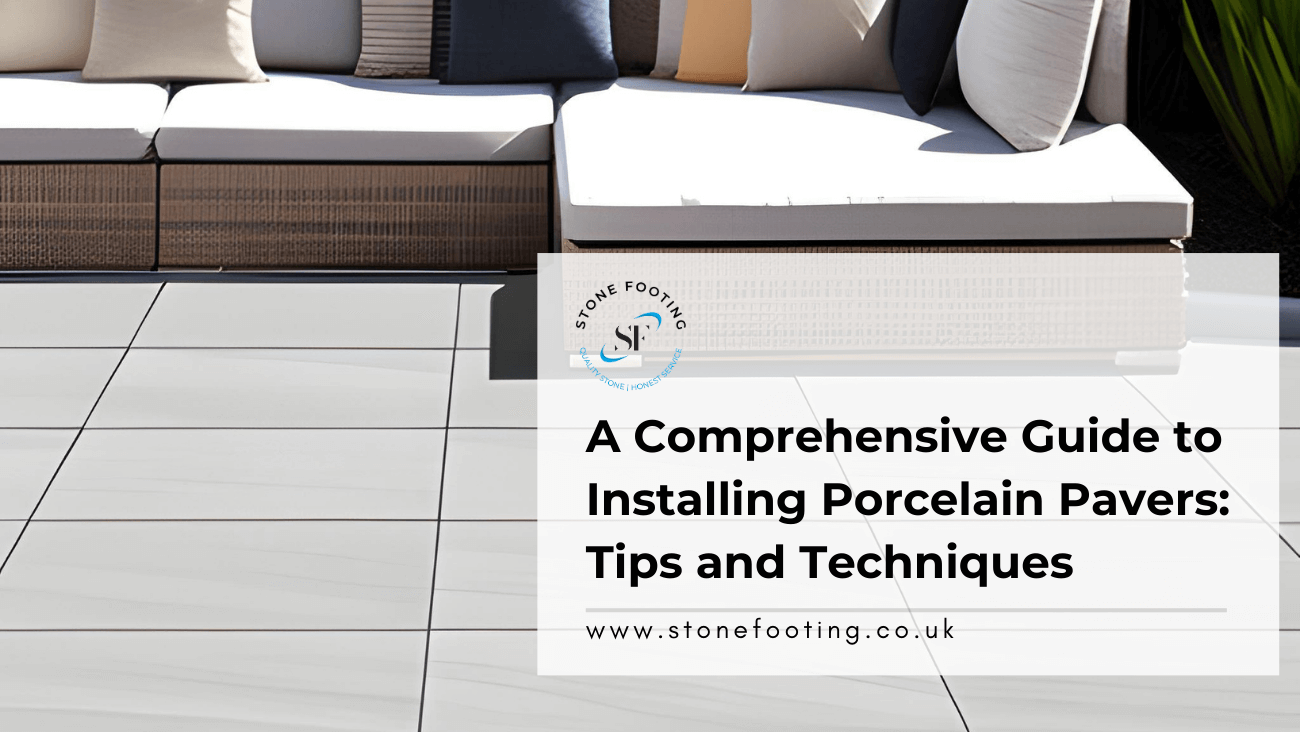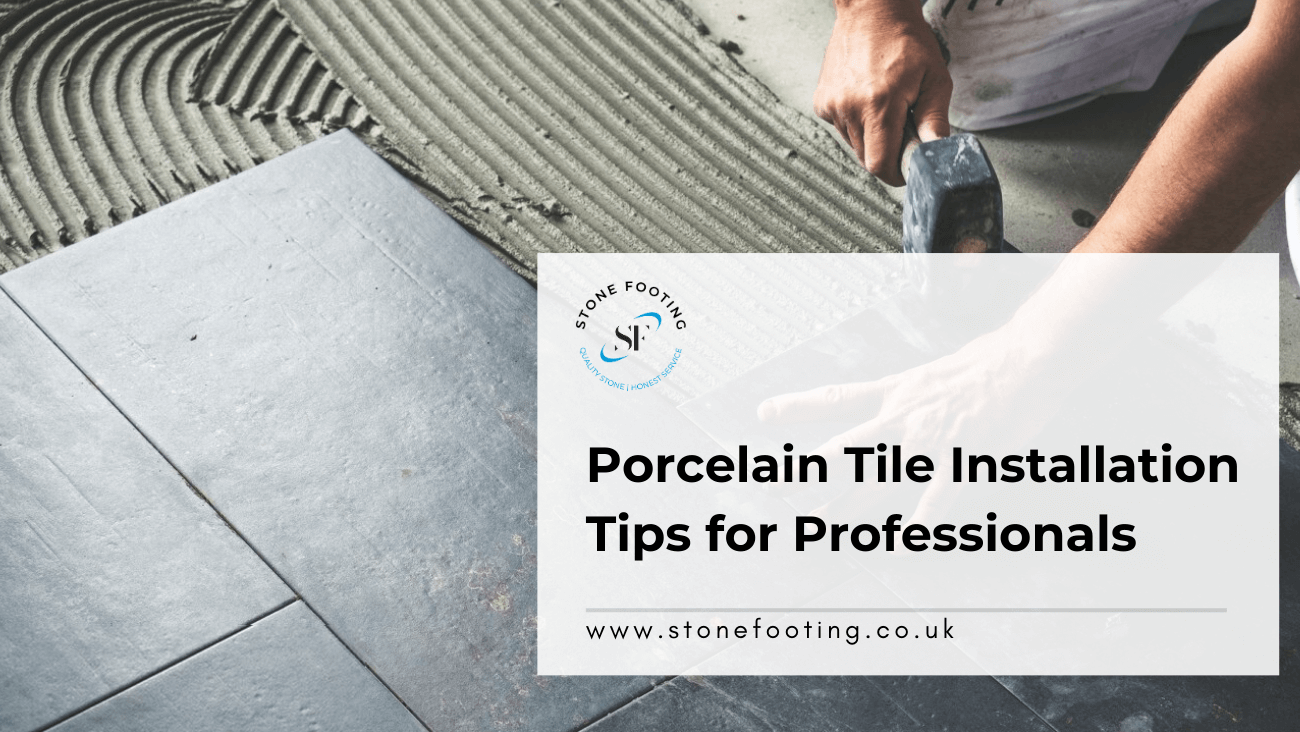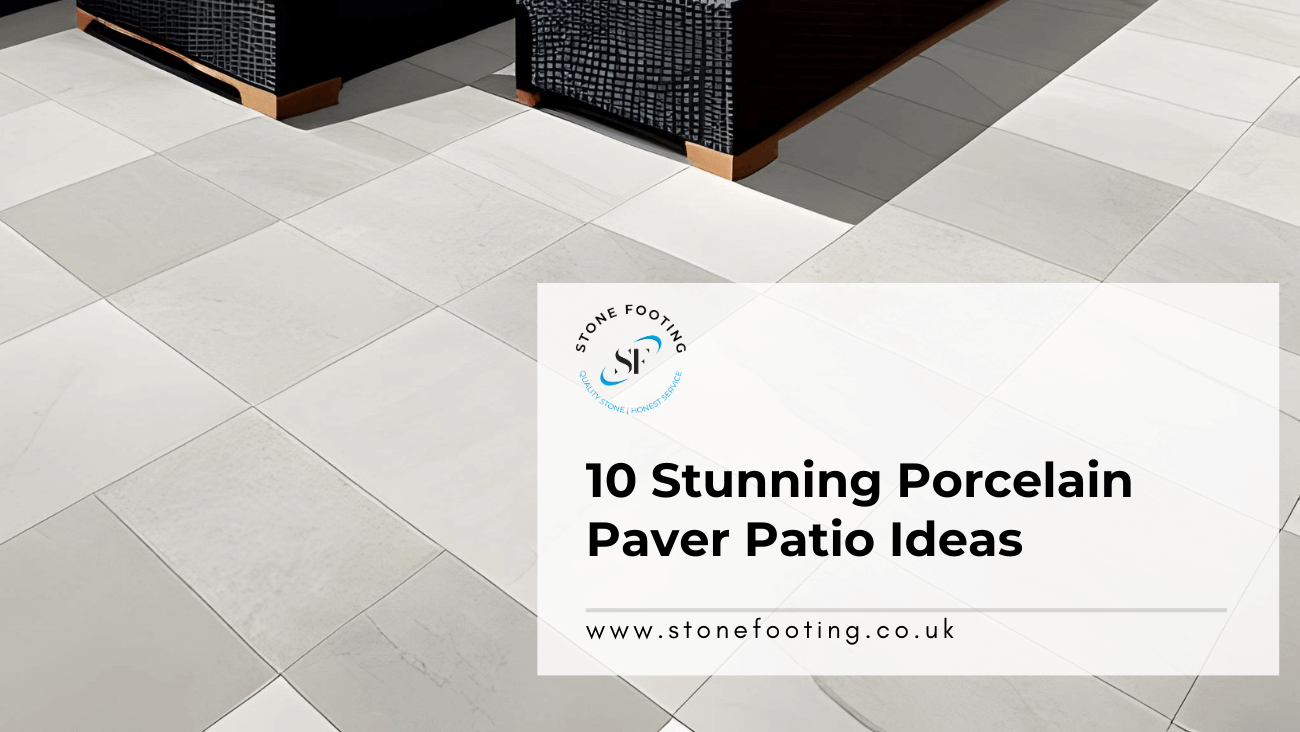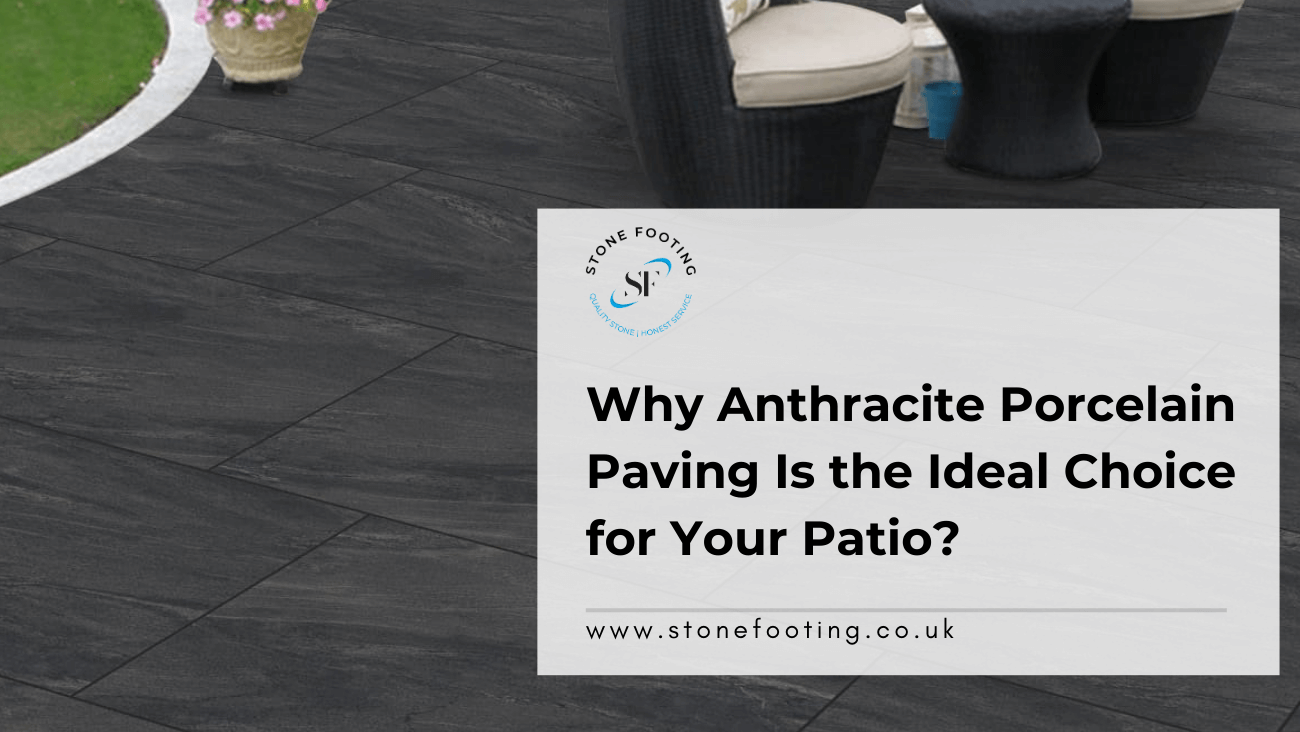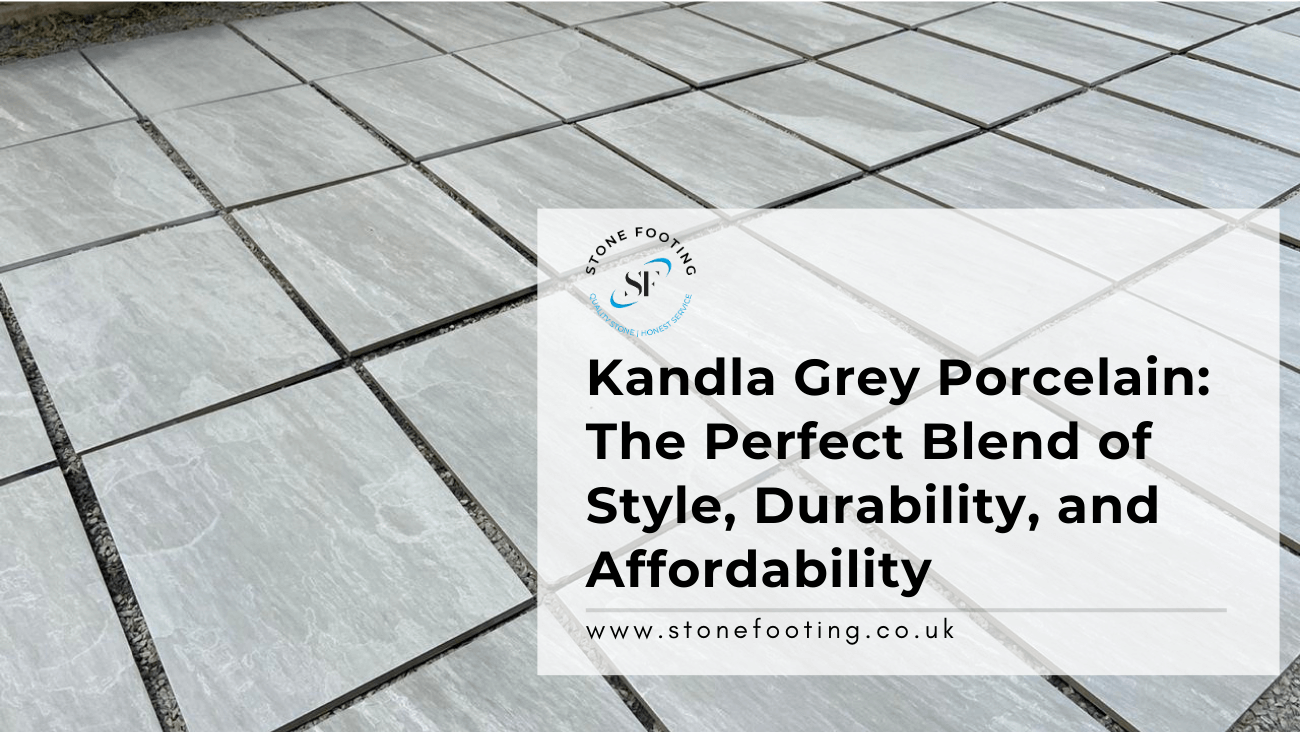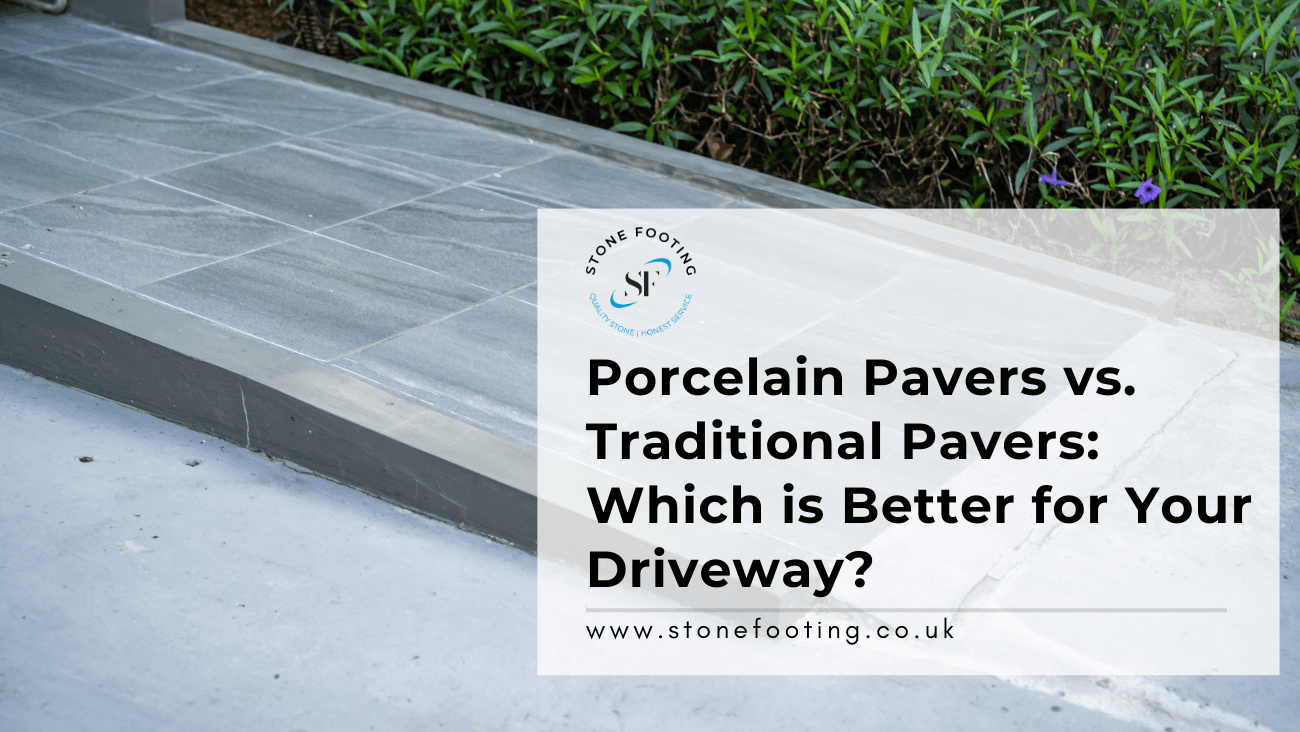Porcelain pavers have emerged as a popular choice for outdoor spaces, offering durability, aesthetic appeal, and low maintenance. Proper installation is key to harnessing the full potential of these pavers. In this blog, we will walk you through the best practices for installing porcelain pavers, including answers to commonly asked questions.
How do you install porcelain pavers?
Installing porcelain pavers involves a systematic approach to ensure a stable and visually pleasing result. Here’s a step-by-step guide:
- Preparation and Planning: Assess the installation area, considering factors like slope, drainage, and surrounding structures. Plan the layout and mark the area accordingly.
- Excavation and Base Preparation: Excavate the area to the required depth, keeping in mind the paver thickness, base materials, and drainage requirements. Create a solid foundation by layering gravel, crushed stone, and sand, compacting each layer thoroughly.
- Edge Restraints: Install edge restraints, such as plastic or metal borders, to contain the pavers and prevent shifting. This step adds a polished appearance and ensures the pavers stay in place.
- Paver Placement: Carefully position the porcelain pavers on the prepared base, maintaining consistent spacing between them. Bedding sand can be used to level the pavers and create a stable setting.
- Cutting and Adjustment: Use a wet saw to make precise cuts when needed to accommodate the layout and edges. A rubber mallet can help adjust the pavers’ position as required.
- Grouting and Joint Sand: Fill the gaps between pavers with fine-grain polymeric sand, which prevents weed growth, stabilizes the pavers, and enhances durability. Follow the manufacturer’s instructions for proper application.
- Compaction and Sealing: Gently compact the pavers and joint sand using a plate compactor. This step ensures a secure setup and minimizes future settling. Depending on the type of porcelain pavers and desired finish, consider applying a suitable sealant.
What should porcelain paving be laid on?
Porcelain paving should be laid on a well-prepared base that offers stability and proper drainage. The base typically includes layers of gravel, crushed stone, and sand, which provide a solid foundation and prevent issues like sinking or shifting.
Do you lay porcelain pavers on concrete or sand?
Porcelain pavers can be laid on either concrete or sand, depending on the desired outcome and the specific conditions of your project. Both methods have their advantages:
- Laying on Concrete: This method involves placing the pavers on a concrete slab. It offers excellent stability, prevents weed growth, and is well-suited for areas with heavy foot traffic. However, it can be more labor-intensive and expensive to install.
- Laying on Sand: Installing porcelain pavers on a sand bed allows for flexibility and easier adjustments. This method is suitable for areas where the ground may shift due to freeze-thaw cycles. While it requires proper compaction and maintenance to prevent settling, it can be a cost-effective option.
How do you install porcelain pavers on concrete?
To install porcelain pavers on concrete, follow these steps:
- Prepare the Concrete Surface: Ensure the concrete surface is clean, level, and free of cracks. Any uneven areas should be addressed before proceeding.
- Apply Mortar or Adhesive: Apply a thin layer of mortar or adhesive onto the concrete surface. This helps create a bond between the pavers and the concrete.
- Place the Pavers: Carefully place the porcelain pavers onto the adhesive layer, maintaining consistent spacing.
- Check Alignment: Use a level to ensure the pavers are aligned correctly. Adjust the pavers as needed to achieve a uniform appearance.
- Grouting: Fill the joints between the pavers with grout, and clean off any excess grout from the surface.
- Allow for Curing: Allow the adhesive and grout to cure according to the manufacturer’s instructions before allowing foot traffic.
Conclusion: Installing porcelain pavers is a rewarding endeavor that enhances the aesthetics and functionality of outdoor spaces. Following proper installation techniques ensures a lasting and visually appealing result. Whether you choose to lay them on concrete or sand, the key is meticulous preparation, precise placement, and thoughtful finishing to create a stunning outdoor environment that stands the test of time.
If you’re looking for high-quality natural stone or porcelain products for your architectural or landscaping projects, look no further than Stone Footing! As a leading natural stone wholesaler in the UK, we offer a wide range of premium stone products, at competitive prices. Contact us today to learn more about our products and how we can help bring your creative design ideas to life!
Frequently Asked Questions
Q. How do you clean and maintain porcelain pavers?
Cleaning and maintaining porcelain pavers is relatively easy. Regular sweeping and occasional washing with water and a mild detergent are usually sufficient to keep them looking pristine. For stubborn stains, a mixture of water and vinegar can be used. Avoid abrasive cleaners or pressure washers, as they can damage the pavers’ surface. Sealing the pavers can provide extra protection against stains and help maintain their appearance over time.
Q. Can porcelain pavers be used for both residential and commercial projects?
Yes, porcelain pavers are versatile and suitable for both residential and commercial projects. Their durability, resistance to wear and tear, and low maintenance make them an excellent choice for high-traffic areas. Whether it’s a backyard patio, a restaurant terrace, a retail space, or a public plaza, porcelain pavers can withstand heavy foot traffic and varying weather conditions while maintaining their visual appeal.
Q. Are porcelain pavers slip-resistant?
Porcelain pavers are often designed with slip-resistant surfaces, making them safer for outdoor use, especially around pools, wet areas, and spaces prone to rain. Manufacturers offer pavers with varying degrees of slip resistance, so it’s important to choose the appropriate type based on the specific application. Be sure to check the pavers’ slip resistance rating, especially if you’re installing them in areas where slip accidents could be a concern.

